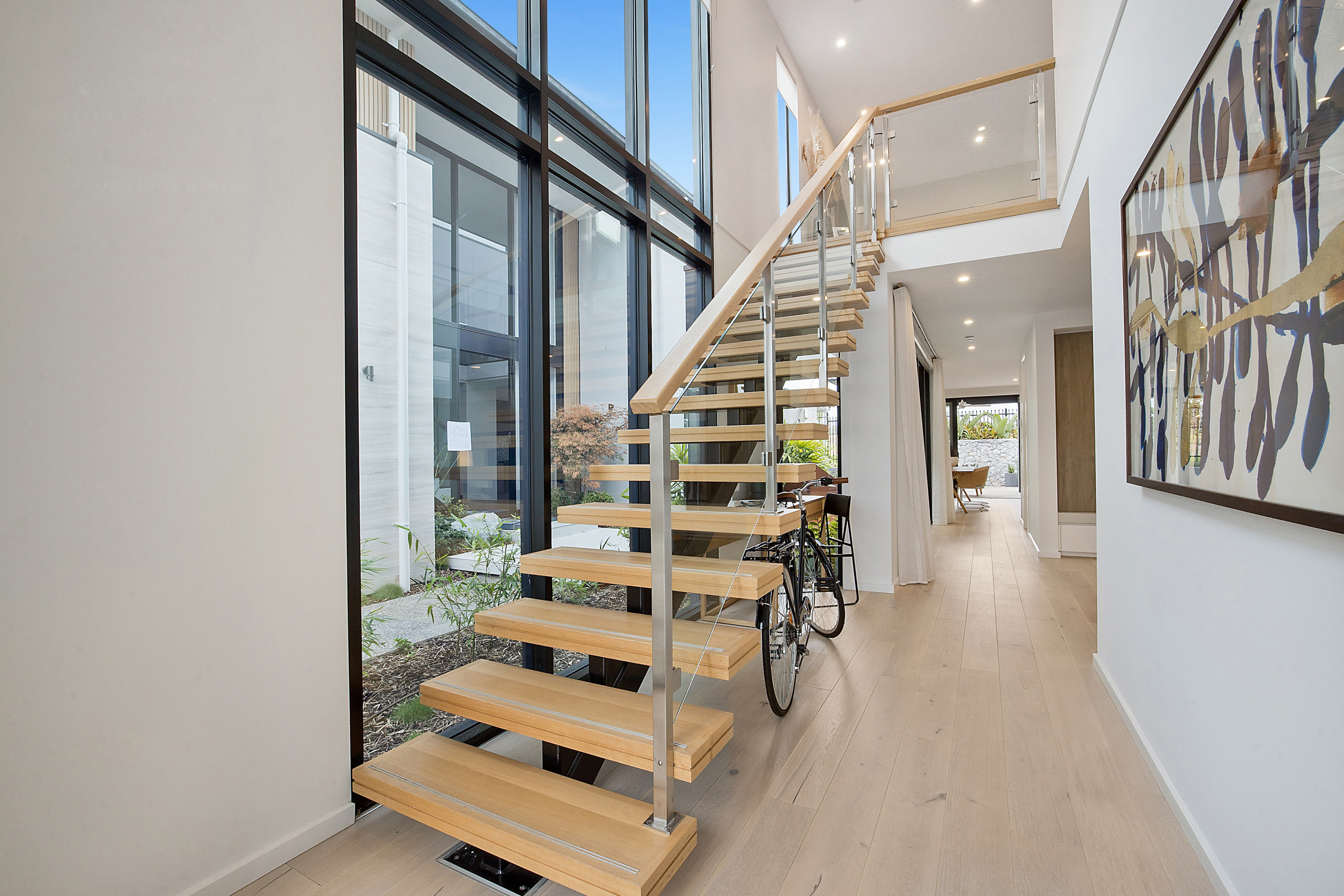Money talk
18 common property finance terms explained
If you’ve ever been left scratching your head or grabbing at Google straws to translate the jargon-heavy language of property finance, don’t worry – you’re not alone.
It’s hard enough navigating the jargon of home building, but when the worlds of real estate and money collide, you can be overwhelmed by technical terminology that takes a little getting used to for first-home buyers and even more seasoned buyers and sellers.
Considering that buying a home is a mammoth milestone that comes with plenty of homework (and paperwork), it makes great financial sense to get familiar with some of property’s most-used vocabulary.
Here are 18 common terms you’ll likely encounter on your house hunting journey.
Stamp duty
Probably the most talked about term in property, stamp duty (also known as transfer duty in NSW or conveyance duty in the ACT) is a one-off state or territory government tax on property. Rates are usually tiered based on a property’s purchase price and some buyers – particularly first-home buyers – may be exempt from paying or be eligible for a concession on the duty. Find out about NSW Government schemes and ACT duty.

Capital gain
Capital refers to the initial sum invested in a property, therefore capital gain is the profit made when that asset sells above its original purchase price. After selling an investment property you may be required to pay capital gains tax (CGT). Generally, you won’t have to pay CGT when selling the home you live in, but if you ever had it rented out then CGT could be applied to that period of time.
Negative gearing
Another hot property topic, negative gearing is an investment structure where the total cost of owning a rental property outweighs the income it makes each year. At first glance, it may appear to be counter productive, but this set-up creates a taxable loss which can normally be offset against other income including a wage or salary, therefore reducing the investor’s total income tax.
Positive gearing
The opposite of negative gearing, this investment structure sees an investor make an annual profit on a rental property. In this case, at tax time, the investor will have to pay income tax on the rent they have earned.
Equity
The market value of your property, minus the amount left to pay on your home loan, is known as equity. For example, if a lender determines the market value or your home is $1 million, but you still owe $300,000 on the mortgage, then you may have up to $700,000 of equity in your home. Conversely, if a property’s value falls and your existing home loan is more than that revised value then you could fall into negative equity.
Pre-approval
Also known as approval in principle or conditional approval, a pre-approval is a non-binding indication from a lender that you can borrow a certain amount of money (subject to specified conditions such as a valuation). It’s important to note, however, that it’s not a loan guarantee. Generally speaking, presuming your circumstances don’t change, a pre-approval will last for between three to six months giving you time to house hunt.
Full approval
Once a lender has deemed that your agreed purchase price is in line with their determined value of the property you wish to buy, then they will issue a full approval (also known as an unconditional approval) to borrow the necessary funds.

Lenders Mortgage Insurance (LMI)
These days, most lenders expect first-home buyers to have a deposit that’s at least 20% of the lender-assessed value of the property, but LMI could be a way around this. LMI is a one-off payment protecting your lender in the event that you default on your home loan and they’re left with a shortfall after selling. But buyer beware – LMI covers the lender, it doesn’t protect you at all. You can reduce the cost of LMI by saving a larger deposit, or you may be able to avoid it all together and reduce your deposit to just 5% through the Federal Government’s First Home Loan Deposit Scheme.
Mortgage protection insurance
This is insurance for the homebuyer. Given that your home loan is possibly the biggest debt you’ll ever have, how would you meet repayments if you became unable to work due to illness, injury or redundancy? Depending on personal circumstances, mortgage protection insurance may be able to cover some, or all, of your repayments while you’re not working.
Loan to Value Ratio (also known as LVR)
The LVR is the amount you’re borrowing, represented as a percentage of the value (not necessarily the purchase price) of the property you’re buying. The bigger your deposit, the lower the LVR will be. Let’s break it down. Say your lender values the property at $500,000 and you have a $100,000 deposit (excluding transaction buying costs). This means you need to borrow $400,000 to buy the property. Your LVR would be calculated like this: $400,000 ÷ $500,000 = 80%. Basically, the bigger your deposit, the lower the loan to value ratio will be.
Offset account
Put simply, an offset bank account is linked to your mortgage and the money kept in it is ‘offset’ against your home loan balance. Here’s how it works: let’s say you take out a $400,000 home loan and then after a big payday you deposit $50,000 in your offset account. Now the interest charged will be on a $350,000 debt, instead of the full $400,000. By keeping money in an offset account, it gives the borrower the same effect of making extra repayments with the added flexibility of taking that money out if needed.
Variable-rate mortgage
Subject to movement (both up and down) over time, variable rates on your mortgage are likely to change several times over the life of a loan. These changes in interest rate charges are often guided by the Reserve Bank of Australia’s official cash rate movements, but can also be independently determined by your lender.
Fixed-rate mortgage
As the name suggests, a fixed-rate mortgage has a rate of interest that stays the same for a pre-determined period of time. Usually borrowers can choose between one- and five-year fixed loans for financial stability, however they often have more fees and less flexibility than a variable loan.
Principal and interest mortgage
This is the most common type of home loan. While the borrower makes regular mortgage repayments to their lender, they’re paying the agreed interest amount while simultaneously chipping away at the principal sum of the loan.
Interest-only mortgage
It’s possible to make an agreement with your lender that you only pay the interest charges on a mortgage for a set period of time – often up to five years. In this case you won’t pay back any of the principal and therefore will not reduce the debt owed.

Low-doc loans
Most home loans require a pile of paperwork including extensive proof of income, household expenses and outstanding debt. This is fairly straightforward for full-time salaried employees, but harder for the self-employed. That’s where low-doc (or low documentation) loans come in, however they usually attract higher interest rates than typical loans.
Bridging loans
When you’ve bought a new house, but are yet to sell the old one, you can apply for a bridging loan. This is a short-term interest only loan (usually up to 12 months), which covers the purchase of your new place until your existing property is sold. The size of the bridging loan needed is calculated based on the equity you have in your current home and comes with different terms and conditions depending on the lender such as charging a higher interest rate if you don’t sell your old home in the loan duration’s time frame.
Construction loans
When borrowing money to build a property you’ll need to take out a construction loan. This type of home financing doesn’t work the same way as a regular home loan, instead it covers the expenses incurred as you build. Unlike typical mortgages, a construction loan requires repayments to be made at different stages of the building process.





